General Info.
Unarmed & usually dioecious leafy shrub or Tree up to 7m high. Bark has longitudinal fissures. Bauhinia-like, simple Leaves have red palmate veins. Small zygomorphic, whitish, unisexual Flowers in pendulous racemes. Male has 10 stamens. Female with staminodes & a stalked, superior ovary – with ovules. Fruit is a large, woody, indehiscent & nutritious pod that falls & decomposes to release the different shaped seeds.
Description.
Piliostigma thonningii.
Previous Names: Bauhinia thonningii, Gigasiphon bauhinioides, Locellaria bauhinioides.
SA Tree No. 209.
Common names: (Afr) Kameelspoor, Rhodesiese Bauhinia. (Eng) Camel Foot, Camel’s Foot, Monkey Bread, Picture-frame Tree, Rhodesian Bauhinia, Wild Bauhinia. (isiNdebele) Ihabahaba. (Northern Sotho) Mokgôrôpô, Mukolokote, Nkolokotso. (Tshivenda) Mukolokota, Mukolokote. (Tsonga) Mokgataba, Mosêkese.
Family: Fabaceae or Leguminosae. (Pea, bean or legume family). After the Orchidaceae and the Asteraceae, the Fabaceae is the third largest Angiosperm (flowering plants) family with 700+ genera and close to 20 000 species. Local Tree genera on this website include Acacia (Vauchellia, Senegalia), Albizia, Bauhinia, Bolusanthus, Burkea, Calpurnia, Colophospermum, Cordyla, Cyclopia, Dichrostachys, Erythrina, Erythrophleum, Faidherbia, Indigofera, Mundulea, Peltophorum, Philenoptera, Piliostigma, Schotia and Xanthocercis. The Fabaceae are recognisable by their fruit and by their pinnately compound Leaves. Leaves may also be simple – even bilobed and usually have stipules – some of which may be spinescent. Leaflets are usually entire. Flowers are bisexual and bracteate. Regular flowers usually have 4-5 sepals and the same number of petals. Irregular flowers have 4-5 sepals and 5 or less petals. Stamens have anthers that have 2 pollen sacs and there are usually at least twice the number of stamens as petals – often 10. The superior Ovary has one locule that may contain 1 or more ovules. The Stigma and Style are simple. The single carpel develops into the Fruit, which is usually a pod. This pod dehisces on both sides and may break into segments. Seeds vary.
Name derivation: Piliostigma – cap shaped – referring to the stigma. thonningii named after Peter Thonning, He was a Danish botanist who collected specimens in Guinea from 1799 to 1803.
Conservation: National Status: L C. Least concern. Assessed: 2005 (W. Foden and L. Potter).
Tree
This unarmed leafy shrub or a spreading Tree (photo 250) may reach a height of 14m but is usually about half this height. The Bowl (the stem or trunk of a tree) is often crooked and the rough brown/grey Bark has longitudinal fissures (photo 251). Young branches are hairy.
- 250 2019.08.14 Pretoriuskop KNP. Photo: David Becking.
- 251 2019.08.14 Pretoriuskop KNP Photo: David Becking.
- 252 2019.08.14 Pretoriuskop KNP. Photo: David Becking.
Leaves
On this evergreen or deciduous tree, the similarity between these Leaves and those of Bauhinia is noticeable (photo 257). The large (up to 20cm long), alternate and leathery leaves are simple (have a single blade, which may have incisions that are not deep enough to divide the leaf into leaflets). The leaf, which resembles a camel’s foot, has 2-lobes for nearly one-third of the leaf length. Between these 2 lobes is a tiny bristle-like structure (just visible on photo 254). The Base and Apex of each lobe is rounded. The lower velvety surface is a lighter green. From the base, 11 protruding palmately arranged Veins arise. On the lower surface, they are clearly visible and attractively reddish (photo 257). The thick Petiole (leaf stalk) is up to 4cm long. The small Stipules are caducous (an organ or part of which is easily detached and shed early).
- 257 2019.08.14 Pretoriuskop KNP Photo: David Becking.
- 254 2019.08.14 Pretoriuskop KNP Photo: David Becking.
Flowers
Unlike the bisexual bauhinia flowers, these individual white to pinkish Flowers are unisexual and usually dioecious (unisexual flowers with male and female parts on separate plants). Flowers are zygomorphic (floral parts are unequal in size or form so that the flower is capable of division into essentially symmetrical halves by only one longitudinal plane passing through the axis). Although small, the flowers develop in leaf axils or terminally. They are attractive (use a hand lens) and may develop in large numbers. A great number of impressive fat, brown, oval, velvety buds are borne in string-like pendulous Racemes (raceme – a simple elongated inflorescence with stalked flowers that open in succession towards the apex). Each red-brown Bud rest on a sturdy Pedicel (stalk of a single flower). The open flowers are about 2,5cm wide. They tend to open gradually from the base. Flowers are 5-merous. The 5 short, brownish Calyx Sepal lobes are covered with velvety hairs. The 5 white or pinkish and crinkled Corolla Petals are imbricated (having regularly arranged, overlapping edges, as roof tiles). Petals are sub equal. In Male flowers, the ovary is aborted and 10 Stamens are present. Here the Anthers dehisce through longitudinal slits. In the Female flowers, Staminodes (sterile stamens) surround the stalked, superior Ovary that contains many Ovules. (Dec-Feb).
Fruit
The Fruit is a large, woody, dense, indehiscent Pod that is up to 23 x 7cm. Initially, the many green pods turn reddish brown. They then develop tiny raised lines (photo 259). The heavy mature pods may occur in large numbers and weigh down the branches. The variously shaped Seeds (photo 260) are imbedded in a floury pith. Dispersal only occurs when the pods fall and decay. (Jun-Sep).
- 253 2019.08.14 Pretoriuskop KNP Photo: David Becking.
- 260 2019.08.14 Pretoriuskop KNP Photo: David Becking.
- 259 2019.08.14 Pretoriuskop KNP Photo: David Becking.
Distribution & Ecology
This Plant often grows on riverbanks and in open bushveld (a sub-tropical woodland ecoregion of southern Africa). They usually occur at medium altitudes – often on sandy soil. These plants are located in Limpopo and Mpumalanga e.g. Kruger National Park. Beyond South Africa, they occur in Swaziland, central and northern Mozambique, Zimbabwe, Namibia e.g. Caprivi, Angola and northwards into tropical Africa. Game including Kudu browse the Leaves and Fruit. Baboons and monkeys browse the Pods. Together with fungi, the Roots fix atmospheric nitrogen and this benefits other plants as well. Larvae of the bushveld emperor (Charaxes achaemenes achaemenes) butterflies feed on these leaves and other leaves including Pterocarpus (Kiaat) species, zebrawood (Brachystegia spiciformis) as well as the African Ebony (Diospyros mespiliformis).
Ethnobotany
The dry Pods may be ground into a nutritional meal and is said to equal maize in feeding value. Green pods and wood ash have a lathering quality and used as soap. Cattle seek out the pods. The Bark is used as a substitute for lipstick. Fibre is extractable from fresh bark. This is used for string and for making rope. Bark also yields tannin – used for tanning leather. Dyes are extractable from boiled plant parts. The bark yields red dye. Roots yield red-brown dye and the Pods and Seeds yield blue-back dye. The roots are used for giving a glaze to pottery. People eat the pods (vitamin C and high protein content) in times of drought – a good substitute for maize. Chewed young Leaves relieve thirst and are eaten by cattle. Wood. The heartwood varies between dark brown and pinkish. The sapwood is light brown. The timber is generally useful. The straight-grained wood is used for grain mortars, tool handles, and spoons as well as for hut construction. Termites may cause a problem. The wood also makes a good Fuel that burning for a long time at high temperature and generating little smoke. This tree is suitable for a large garden and makes an excellent shade tree. Scarified (scarify – to slit or scratch the outer coat of seeds in order to speed up germination) seeds are used for Propagation. Alternatively, prior to planting, the seeds can be soaked in hot water and left overnight. The trees grow in a wide range of soils types and are useable as Pioneer plants. Plant parts, including pods, are used in local medicine. This tree has deep roots.
References
Burrows, J.E., Burrows, S.M., Lotter, M.C. & Schmidt, E. Trees and Shrubs Mozambique. Publishing Print Matters (Pty) Ltd. Noordhoek, Cape Town.
Coates Palgrave, M. 2002. Keith Coates Palgrave Trees of Southern Africa, edn 3. Struik, Cape Town.
Foden, W. & Potter, L. 2005. Piliostigma thonningii (Schumach.) Milne-Redh. National Assessment: Red List of South African Plants version 2020.1. Accessed on 2022/04/06.
Palmer, E. & Pitman, N. 1972. Trees of southern Africa. Balkema, Amsterdam, Cape Town.
Schmidt, S. Lotter, M. & McCleland, W. 2002. Trees and Shrubs of Mpumalanga and the Kruger National Park. Jacana, Johannesburg.
van Wyk, B. & van Wyk, P. 1997 Field guide to Trees of Southern Africa. Struik, Cape Town.
https://en.wikipedia.org/wiki/Charaxes_achaemenes
http://pza.sanbi.org/piliostigma-thonnigii
http://tropical.theferns.info/viewtropical.php?id=Piliostigma+thonningii
https://uses.plantnet-project.org/en/Piliostigma_thonningii_(PROTA)
https://www.zimbabweflora.co.zw/speciesdata/species.php?species_id=126830

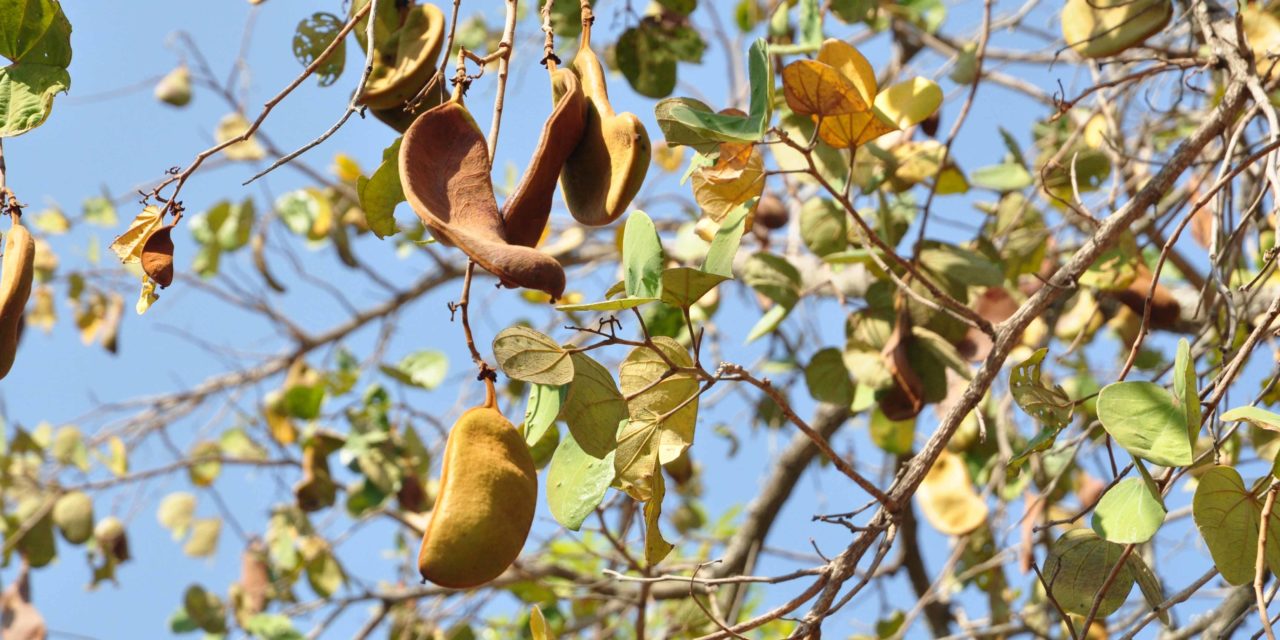
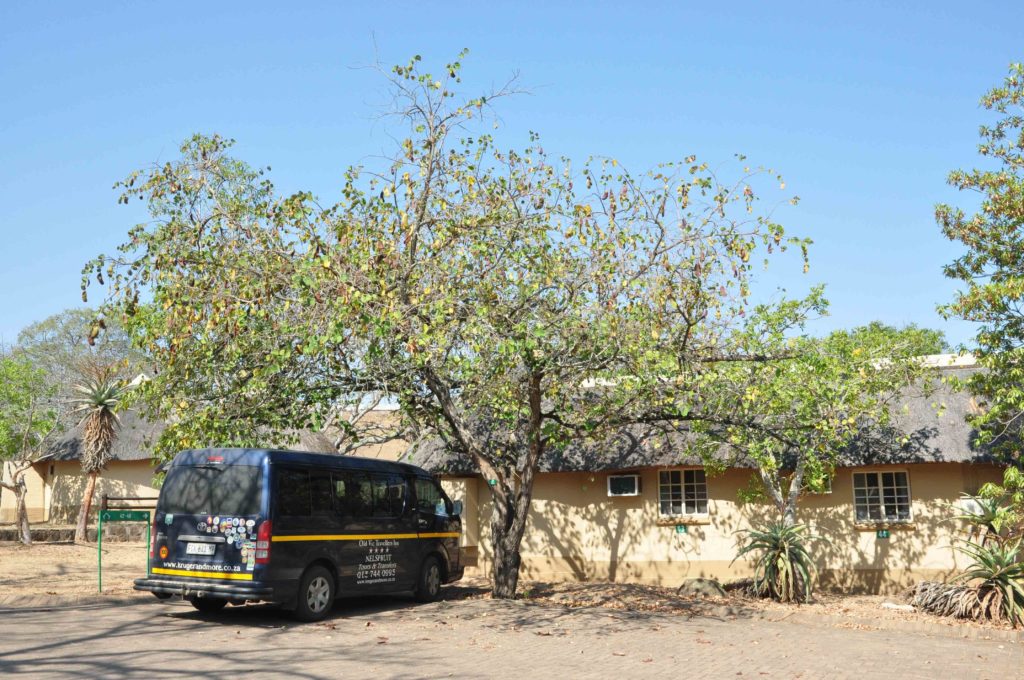
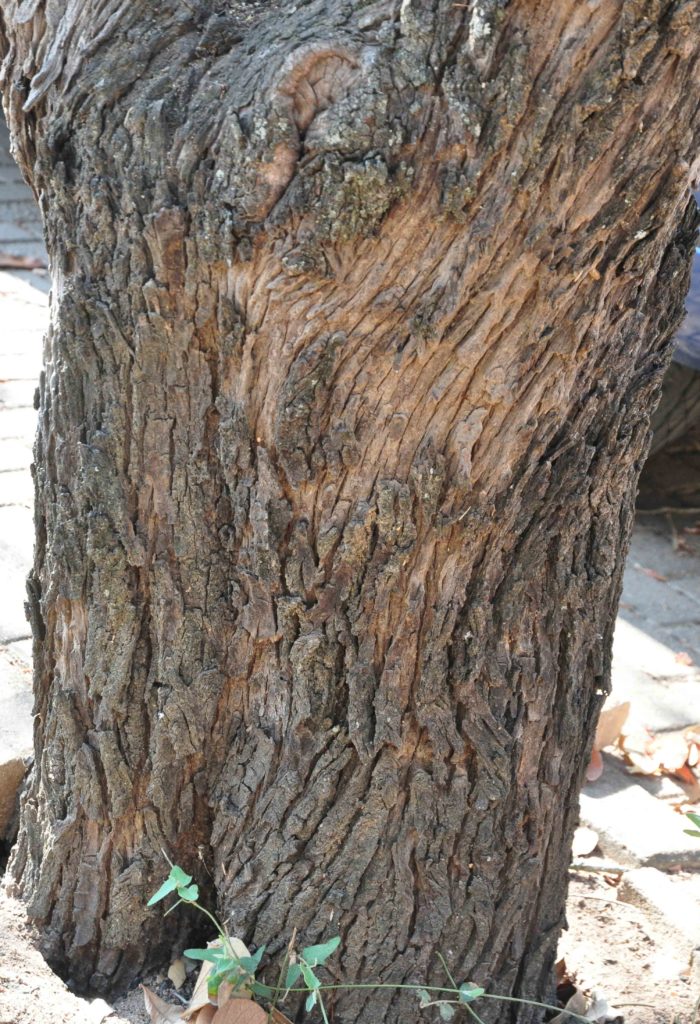
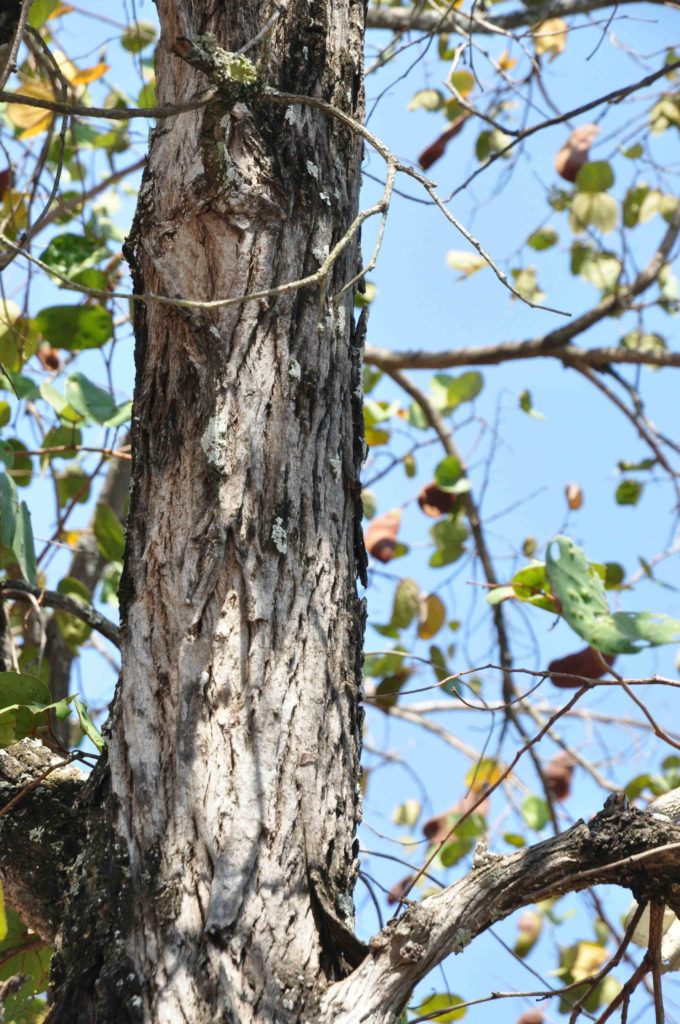
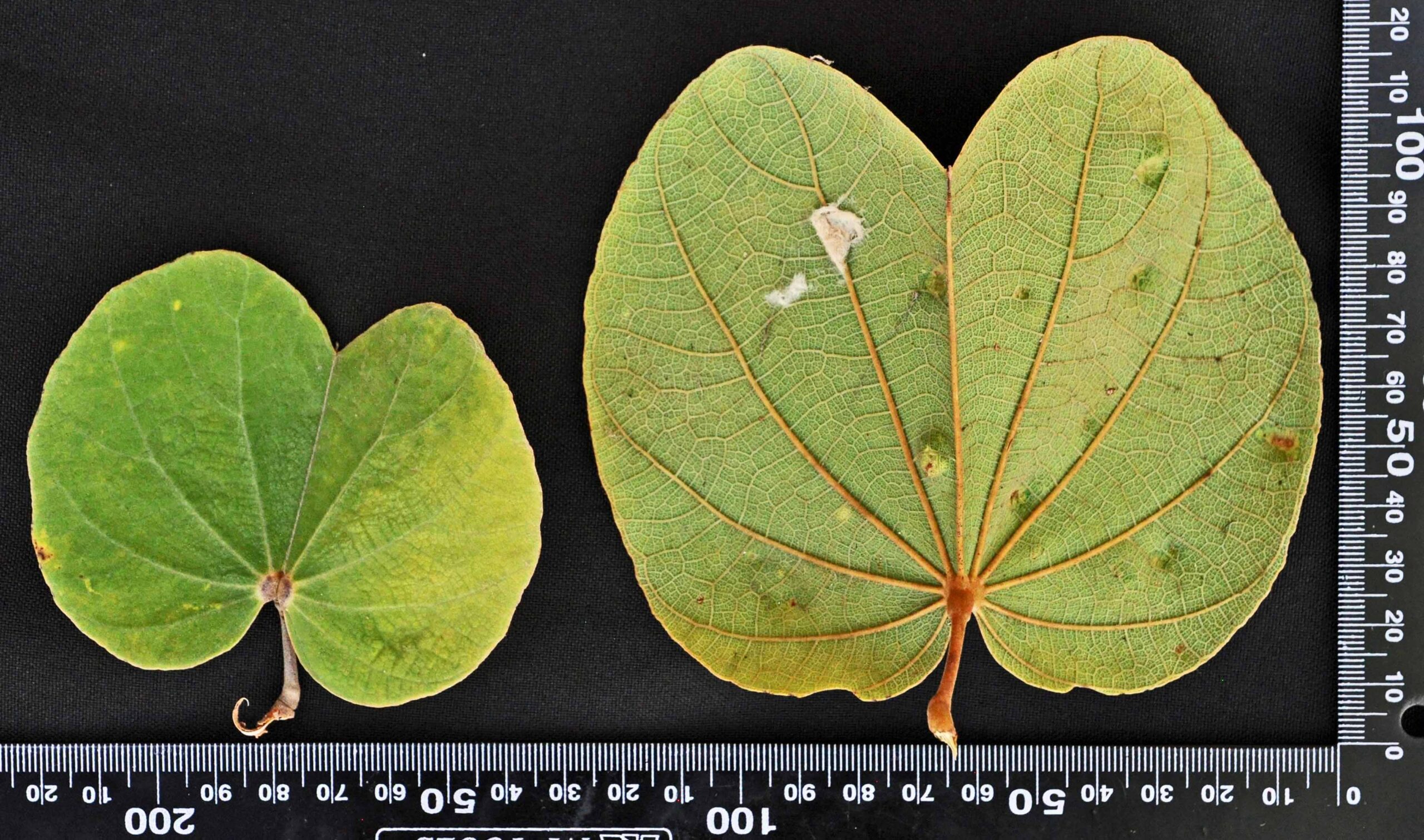
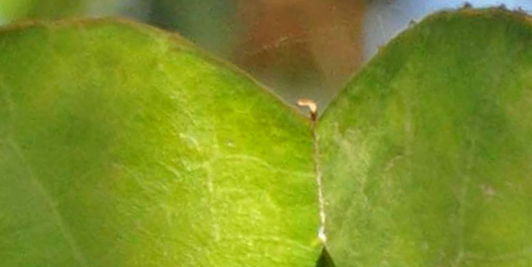
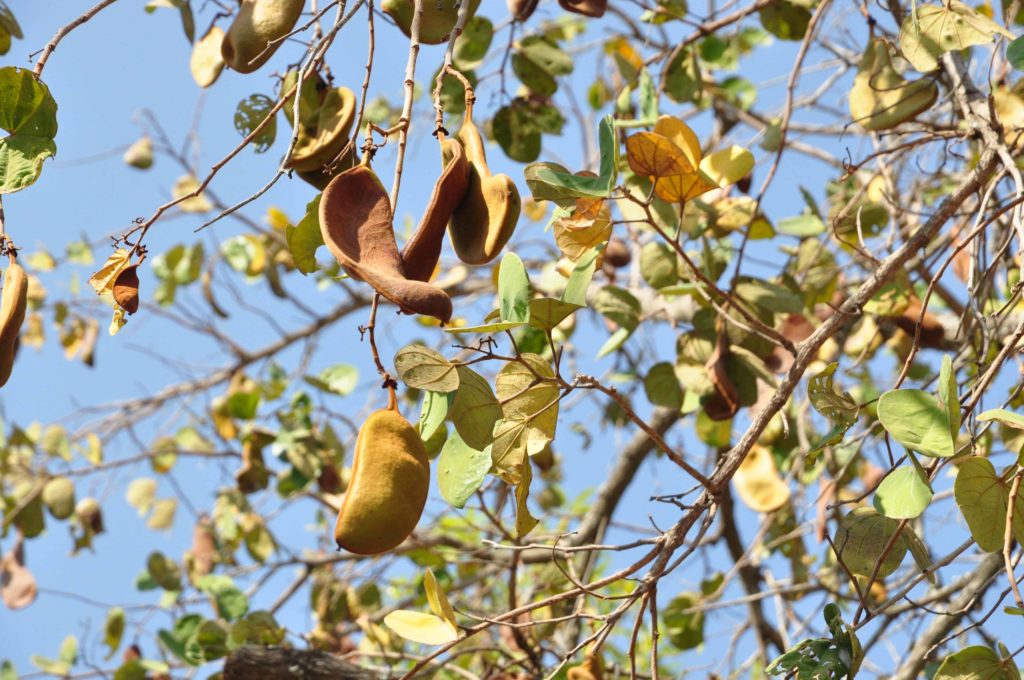
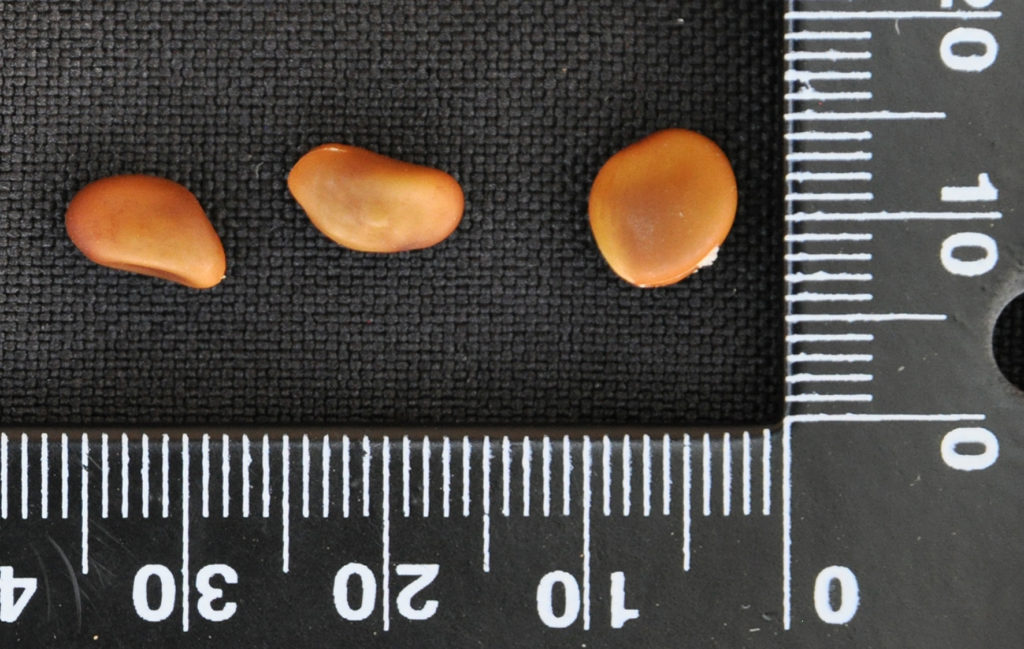
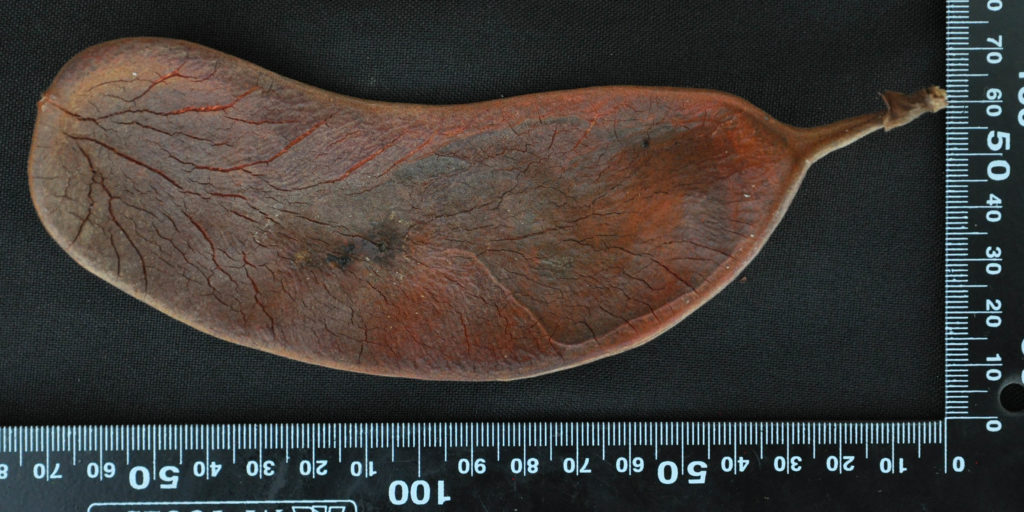
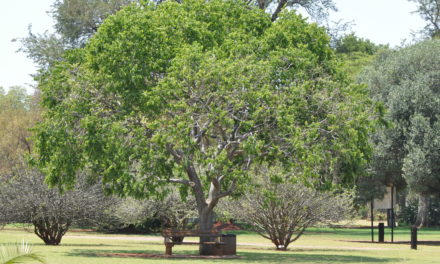
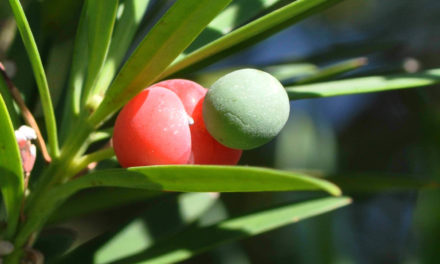
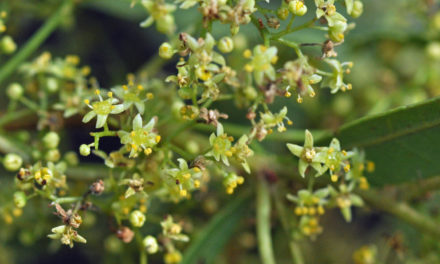
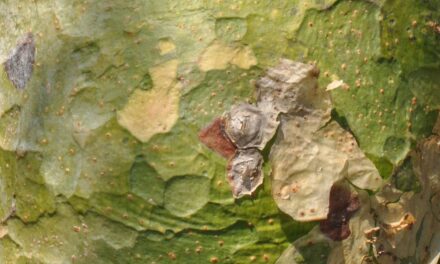
Is there any health benefit from its fruit, bark, leaves etc? If yes, what can it be used for?
Greetings Joyce
Thank you for your question. You might like to try https://doi.org/10.1093/rpsppr/rqae004. Take care.
David Becking